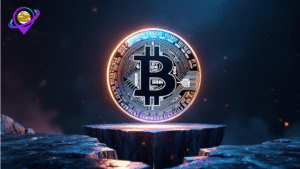So, GameFi.org just announced a partnership with a blockchain called Somnia. It’s one of those newer Layer 1 chains, and the main idea here is that they’re teaming up to work on blockchain gaming. Honestly, the space is crowded, but this seems like a practical move rather than just hype.
The official word came through a post on their X account, which pointed out that Somnia is built to handle a massive number of transactions. We’re talking over a million per second, which is… a lot. I mean, it’s hard to know if any network truly needs that right now, but it’s there if they do. The chain is also compatible with Ethereum, which makes things easier for developers already working in that ecosystem.
What Somnia Brings to the Table
Beyond the tech specs, Somnia has a $10 million grant program. That’s a real draw for smaller teams trying to get their projects off the ground. It’s not just about the money, though. They’ve also partnered with some big names—LayerZero, BitGo, even Google Cloud. That kind of backing suggests they’re serious about building stable infrastructure, not just making noise.
For GameFi.org, it’s a logical step. They’re a known name in the Web3 gaming world, and this gives their community access to a network that’s supposedly built for scale. The hope, I suppose, is that it leads to games that are actually fun to play, rather than just vehicles for tokenomics.
What This Means for Developers
This is probably the more interesting part. Developers building through GameFi.org can now tap into Somnia’s network and that grant pool. The promise is less lag and lower costs, which might let creators focus more on the game itself instead of wrestling with network congestion. Whether that actually happens remains to be seen, but the intent is clear.
It’s not a magic bullet, but it could remove some big hurdles. The goal is to make the process of building a blockchain game a bit smoother, a bit more about the creative side. That’s a good thing, if it works.
A Nudge Toward Mainstream Acceptance?
At the end of the day, partnerships like this are trying to make blockchain gaming more palatable for a wider audience. It’s not just about crypto natives anymore. By focusing on performance and developer support, the two companies are betting that better technology will lead to better games—and that might finally bring in more players.
It’s a slow process. But moves like this, which are more about groundwork than glory, might be what actually moves the needle. We’ll have to wait and see what gets built.






